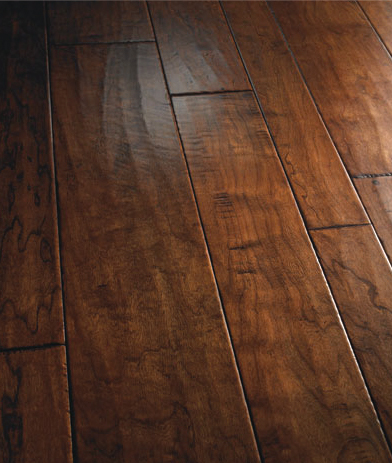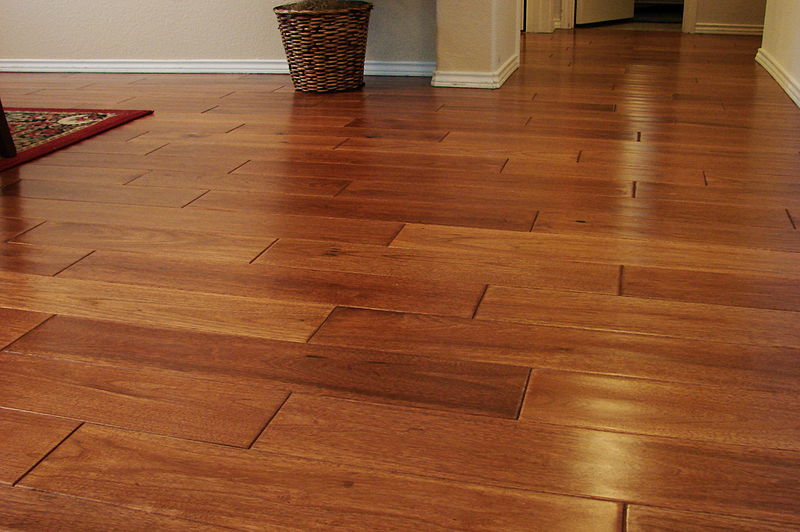It’s highly unlikely that the wood that you intend to have festooned on your floor will be stored in a place with the exact same temperature and humidity as the place where it’s intended to be laid. Every building has its own different natural humidity level, and it’s not odd to think that issues might arise if the wood doesn’t have time to get used to its new surroundings. Contraction or expansion of the wood is quite often unnoticeable to the naked eye but can have dramatic effects on the overall fitted floor. This can lead to gaps, warping and worse.
 For the sake of a few days, it really does pay to acclimatise the flooring to a new environment, and it couldn’t be simpler to achieve. It may be a bit awkward storing the boxes of new flooring in the intended room at the usual temperature, but this simple method will allow the wood’s natural moisture content and temperature to adjust to its new conditions. Ideally, a moisture meter should be used on delivery to check the moisture content of the new hardwood. It’s a good idea to refer to the manufacturer’s acclimatisation guidelines, but as a general rule of thumb, we usually advise a fortnight between delivery and installation. Absolute minimum for solid wood flooring is seven days and two days for engineered wood flooring.
For the sake of a few days, it really does pay to acclimatise the flooring to a new environment, and it couldn’t be simpler to achieve. It may be a bit awkward storing the boxes of new flooring in the intended room at the usual temperature, but this simple method will allow the wood’s natural moisture content and temperature to adjust to its new conditions. Ideally, a moisture meter should be used on delivery to check the moisture content of the new hardwood. It’s a good idea to refer to the manufacturer’s acclimatisation guidelines, but as a general rule of thumb, we usually advise a fortnight between delivery and installation. Absolute minimum for solid wood flooring is seven days and two days for engineered wood flooring.
Storage of the wood is also a point that needs to be discussed. Apart from health and safety risks, and avoidance of damage, there are other elements to consider. Space-saving by leaning the packs of flooring against the wall or standing on their edge initially seems as though it might be a good idea, but it will inevitably bow and damage the flooring before it even goes down. All flooring should be laid flat. No argument! The packs should also not be stacked too high. No peeking either! Storing the packs in their original unopened packaging will prevent warping and will ensure that the pack contents acclimatise at a similar rate.
If delivery day proves to be a damp one, additional moisture will be absorbed, no matter how well packed the wood is. It pays in these instances to allow a further seven days for proper acclimatisation. If you’re doing a proper job and are using a moisture meter, you should make sure that the installation area’s temperature range falls within 18 – 24⁰C and the humidity conditions are between 45 – 65% relative humidity, a week before the planned installation. It’s also important that any plastering or similar is completed at least seven days before acclimatisation begins.
Failing to follow these basic, common-sense guidelines may result in cracking, warping and splitting, bowing, buckling and cupping. we all want your floor to be perfect. We’ll do our job, but you need to do yours too. Together we’ll nail it!

